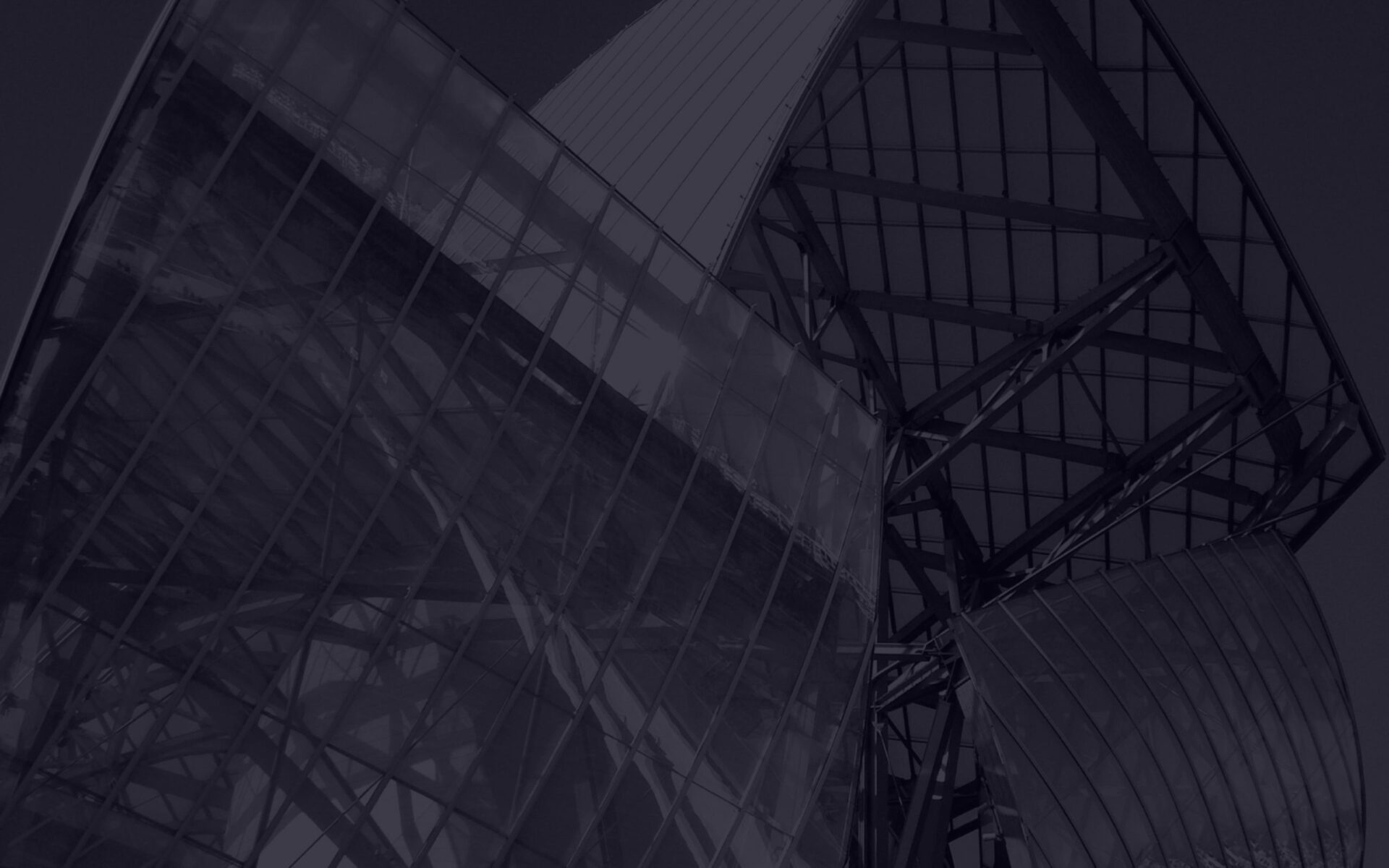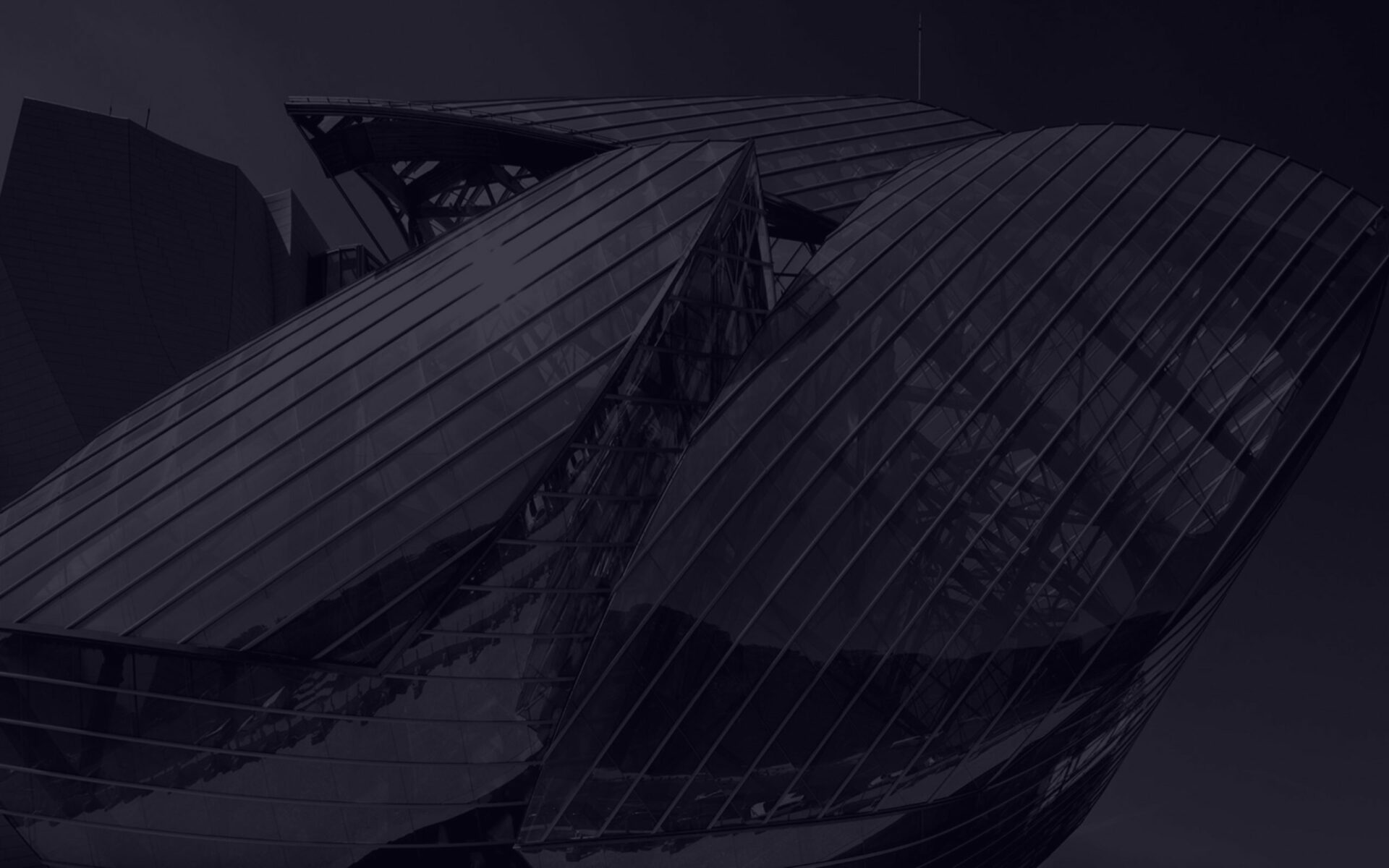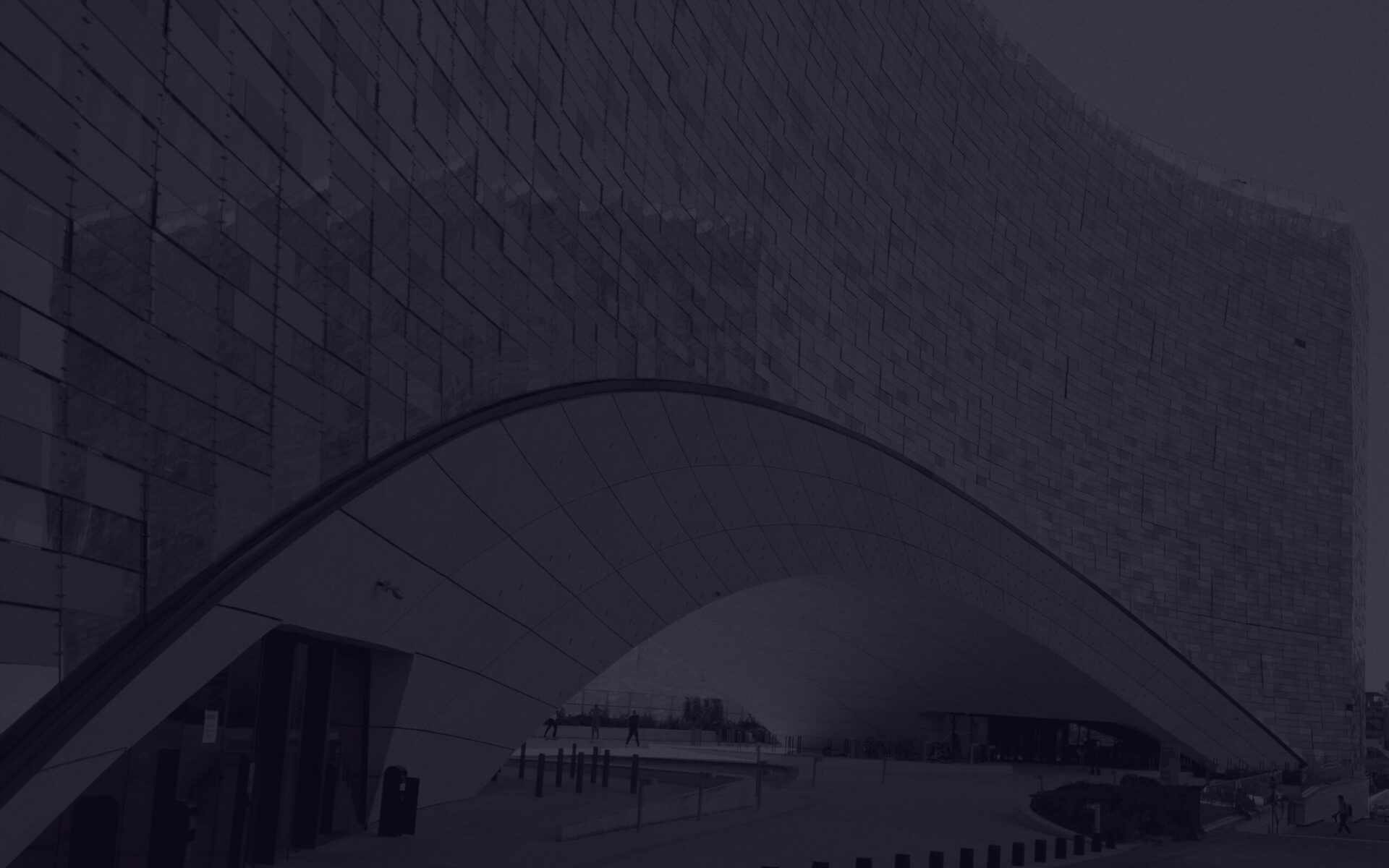



Architects
& physicists
Architecture
& science
We develop ambitious and innovative architectural projects.
Our interdisciplinary expertise in physics, algorithms and artificial intelligence allows us to respond to the challenges of complex projects, whether by their geometry or their fabrication process, and to facilitate the transition from design to construction.
Approach
& transmission
We offer creative out-of-the-box, efficient and sustainable solutions for major architectural projects in Europe and the Middle East.
R&D is at the service of our projects to bring the right balance between aesthetic quality, performance, and meaning. AMK is a QUALIOPI certified training organization and we regularly support our partners on these cross-cutting subjects between architecture, engineering, and science.
Methods
& services
We use AI to explore the field of architectural possibilities and simulate the social, environmental, and aesthetic impact of many design options in a shortened time.
AMK stands out for its creativity and environmental approach integrated very early in the design process as well as for its proximity to academic research that enriches its practice.
While respecting the architectural intent, we rationalize the project design and geometry.
AMK uses Parametric Design to optimize the project’s geometry, to build better, more efficiently, and less expensively. We integrate the numerous design, manufacturing and assembly constraints into our algorithms to identify the best compromise between each of these dimensions.
With expertise in the simulation of natural ventilation and daylighting, we assess the building’s performance in terms of comfort, energy, and ecological footprint.
Concerned about ecological issues, we aim for a high environmental value for our projects. Natural ventilation and daylighting strategies are some of the tools we use to achieve this objective.
Our programming expertise facilitates automation of the transition from design to production.
We automate repetitive tasks of the project’s workflow to speed up the design process and reduce human error. Digitizing the generation of fabrication documents also guarantee the respect of the architectural intent while integrating the manufacturing constraints early in the design process. Finally, it allows us to quickly test different design variations and propagate them into the project.